Your support helps us to tell the story
From reproductive rights to climate change to Big Tech, The Independent is on the ground when the story is developing. Whether it’s investigating the financials of Elon Musk’s pro-Trump PAC or producing our latest documentary, ‘The A Word’, which shines a light on the American women fighting for reproductive rights, we know how important it is to parse out the facts from the messaging.
At such a critical moment in US history, we need reporters on the ground. Your donation allows us to keep sending journalists to speak to both sides of the story.
The Independent is trusted by Americans across the entire political spectrum. And unlike many other quality news outlets, we choose not to lock Americans out of our reporting and analysis with paywalls. We believe quality journalism should be available to everyone, paid for by those who can afford it.
Your support makes all the difference.
First we had Inventing Anna, the story of how fake heiress Anna Sorokin scammed her way into the social circles of New York’s elite. Next came The Dropout, documenting how entrepreneur Elizabeth Holmes defrauded some of the world’s biggest investors. Now, it’s the turn of Belle Gibson, an Australian wellness scammer, to get a big-budget dramatisation. Apple Cider Vinegar, a new six-part series released on Netflix, charts the true story of the young influencer who tricked the world into believing she’d cured her terminal brain cancer through diet and alternative therapies.
Gibson emerged in the infancy of Instagram, leveraging an impressive social media following into a successful app and lucrative book deal. She told her followers that she had been given “four months to live, tops” by doctors due to a malignant tumour, before confounding medical expectations by rejecting conventional treatment in favour of focusing on nutrition and “holistic” therapies. But the premise she’d built her burgeoning wellness empire on turned out to be a complete fabrication.
Adapted from the book The Woman Who Fooled The World – penned by the two journalists, Beau Donelly and Nick Toscano, who originally broke the story in 2015 – Apple Cider Vinegar is brought to life by an all-star cast (Unbelievable’s Kaitlyn Dever stars, alongside The Bold Type’s Aisha Dee and The Babadook’s Essie Davis). The show purports to be “inspired by a true story”, but with the caveat that “certain characters and events have been created or fictionalised”. So, just how much is based on fact?
In the case of Belle Gibson herself, the vast majority of what we see on screen really did happen. Gibson was born in Tasmania on 8 October 1991 (though she even lied consistently about this, telling people that she was three years older), and her upbringing remains shrouded in mystery during various periods. She never knew her father; her mother, divorcee Natalie Dal-Bello, settled in Adelaide and remarried in 2012 after moving the family around the southeastern states of Australia for several years. She and her daughter are now estranged.
What is clear is that, as early as her teenage years, Gibson had developed a taste for tall tales. An ex-boyfriend alleged that “she couldn’t go five minutes without making up a story”; a former classmate dubbed her “a pathological liar”.
But online was where Gibson really started to flex her storytelling muscles. From 2005, she was already uploading posts to internet forums stating that she had brain cancer. A couple of years later, after dropping out of school at 16, Gibson moved across the country to Perth, took a job at a call centre for a private health insurer, and proceeded to post even more bogus health claims in skateboarding chatrooms. She described being treated for cancer and undergoing major surgery; said that she “died” for several minutes on the operating table; claimed that she needed to get a heart valve replaced but “couldn’t afford it yet”.
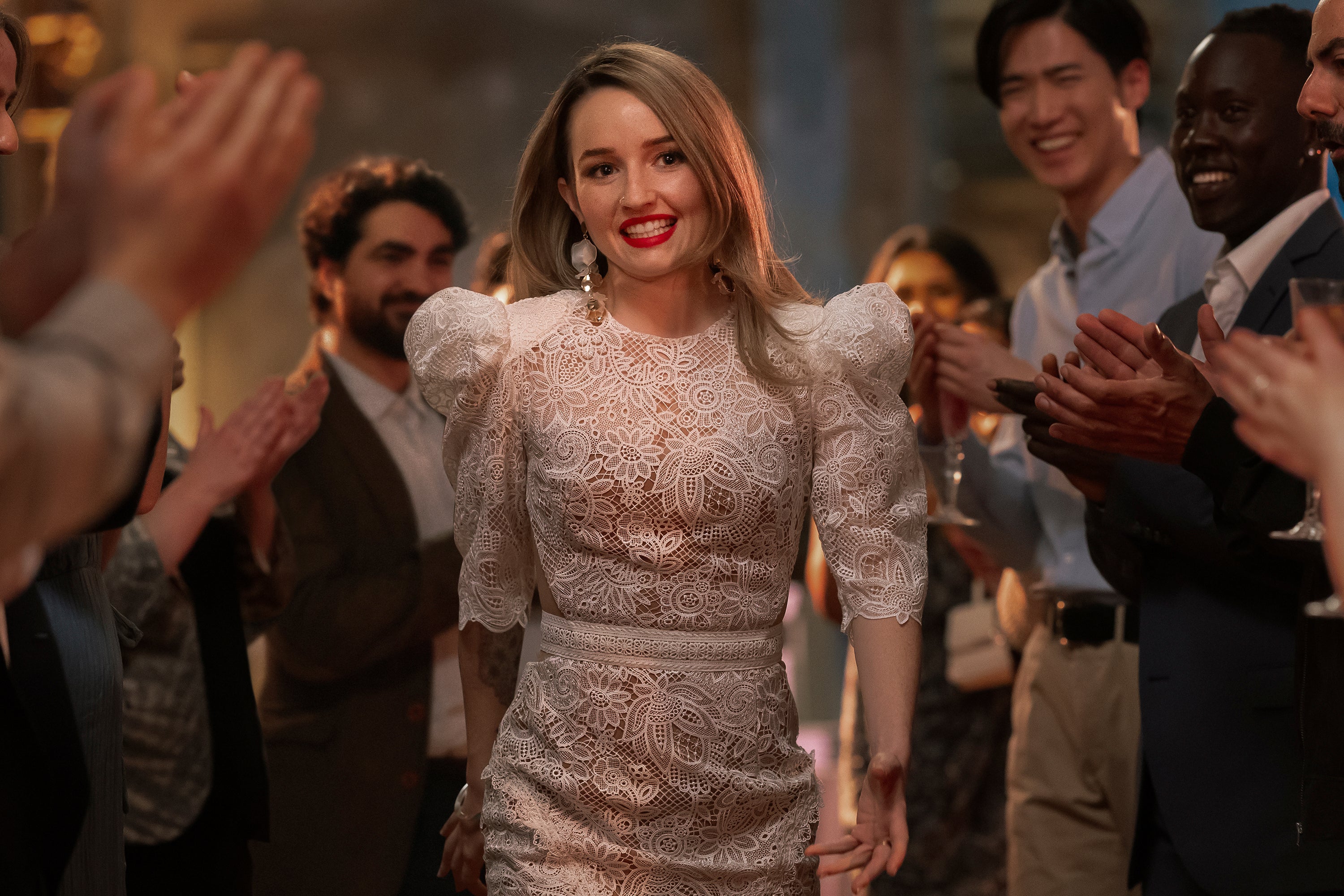
In 2010, she became pregnant with her partner at the time, Nathan Corbett, and gave birth to her son, Oli, at the age of 19. Gibson had relocated to Melbourne while pregnant and was waiting for Nathan, who was working interstate, to join her. Pregnant, alone and in a new city with no support network, Gibson turned once more to online forums for a sense of community – this time those aimed at mums-to-be. On one such website, What to Expect, she shared that she had cancer, detailed her fears about miscarrying, and offloaded her disappointment that she’d been forced to cancel her baby shower because none of her friends had bothered to book travel to Melbourne.
Nathan moved in with her but struggled to get work. By early 2012, the pair had split up, though Nathan remained very involved in his son’s life. That same year, Gibson joined Instagram – at that time still a burgeoning photo-sharing app. As Donelly and Toscano note in the book, there was no such thing as an “influencer” or “Insta-famous” yet – these were the early days.
Gibson started a relationship with a new man almost 20 years her senior, Clive, and began posting on Instagram about her health under the handle “Healing Belle”. She claimed to be curing herself of terminal brain cancer with alternative therapies: craniosacral therapy, oxygen therapy, colonics, ayurvedic treatments. Plus, of course, whole, organic foods and juices. “Belle Gibson: Gamechanger with brain cancer + a food obsession,” read her bio. Stylised pictures of food and drink and Belle herself – young, attractive, with perfect skin, oversized sunglasses and tousled blonde hair – made up her carefully curated feed. Gibson always looked glowing with health, despite posting regularly about her illness which, she said, had been irrefutably confirmed by an MRI scan a year earlier.
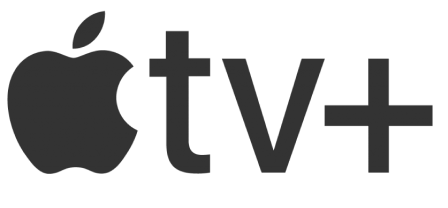
Watch Apple TV+ free for 7 days
New subscribers only. £8.99/mo. after free trial. Plan auto-renews until cancelled

Watch Apple TV+ free for 7 days
New subscribers only. £8.99/mo. after free trial. Plan auto-renews until cancelled
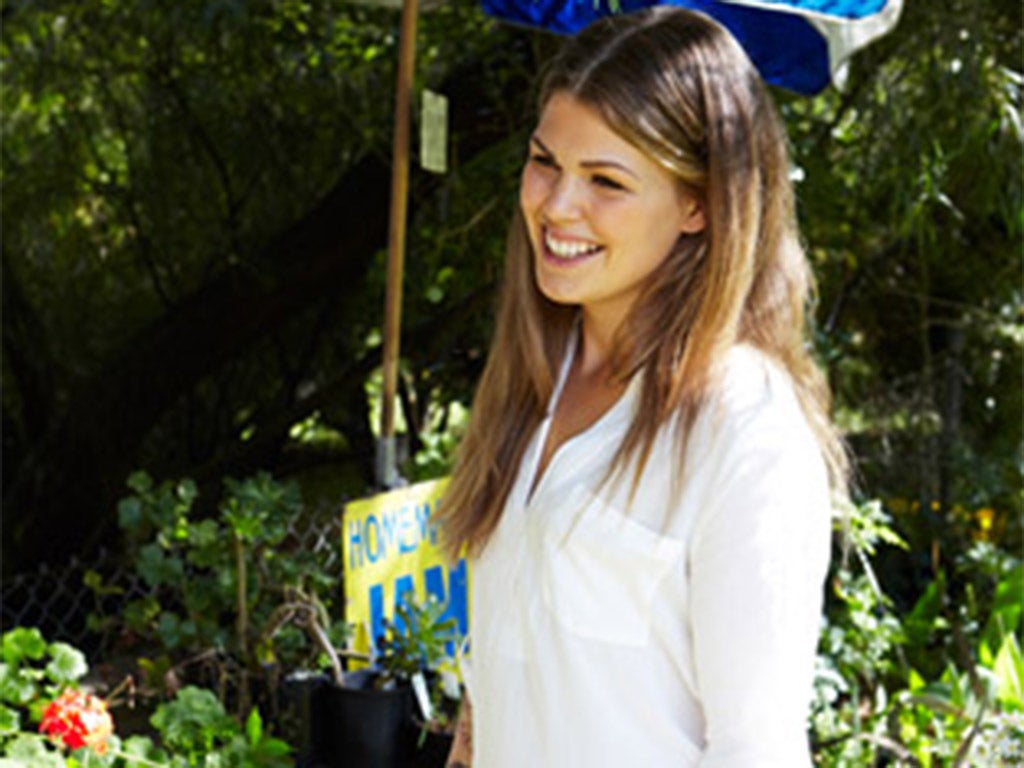
In reality, Gibson had been referred for a neurological assessment in 2011 after reporting symptoms including eye pain, slurred speech, vision impairment and memory loss. The results? “Perfectly normal.” There was no mention of cancer whatsoever, nor of any other neurological problems.
But her Instagram followers didn’t know that, and within a short space of time she had accrued 200,000 of them – an impressive number a decade ago. (Here, Apple Cider Vinegar deviates slightly from the truth, claiming she garnered more than 2 million followers.) Gibson’s disciples called her “inspirational”, a “warrior”, an “angel”. She was selling what many people battling cancer wanted – hope. And she looked so good doing it.
In 2013, she got serious about monetising her newfound influence, registering her business and recruiting a small team to develop an app called The Whole Pantry. Branded the world’s first wellness app, it was a one-stop-shop for paleo, gluten-free and vegan recipes, plus healthy lifestyle guides. Despite being developed on a shoestring budget, the app’s design was attractive and clean, with a slick user interface. It was an overnight sensation, downloaded hundreds of thousands of times and named as Apple’s best food and drink app and the second-best iPhone app in the world by the end of the year. It was even selected as one of a small number of apps to be developed for the new Apple smartwatch.
Gibson quickly leveraged the success into a book deal, signing with Penguin for an A$132,000 (£66,000) advance just two months after her app’s launch. The Whole Pantry, which prominently charted Gibson’s “cancer journey” in the introduction, was published in autumn 2014 and had sold 16,000 copies by the end of the year. But all of this success was predicated on one big whopper: there was simply no evidence, and never has been, that Gibson had ever had cancer.
She didn’t spring up in a vacuum. Several years before Gibson started her business, another attractive young Australian woman, Jess Ainscough, started blogging about her cancer “recovery” journey using alternative therapies under the name The Wellness Warrior. Here, fact and fiction divide somewhat in the Netflix adaptation. A character called Milla is clearly based heavily on Ainscough’s story, but with some key differences. In the show, she and Gibson are presented as rivals, with Milla feeling increasingly competitive. But in reality, while she had met Gibson at an event and occasionally interacted with her online, Ainscough didn’t have much of an offline relationship with Gibson at all. There was certainly little rivalry on Ainscough’s part – for a long time, she was the undisputed queen of beating cancer with new-age treatments. Apple Cider Vinegar does, however, chart the rest of her story pretty accurately.
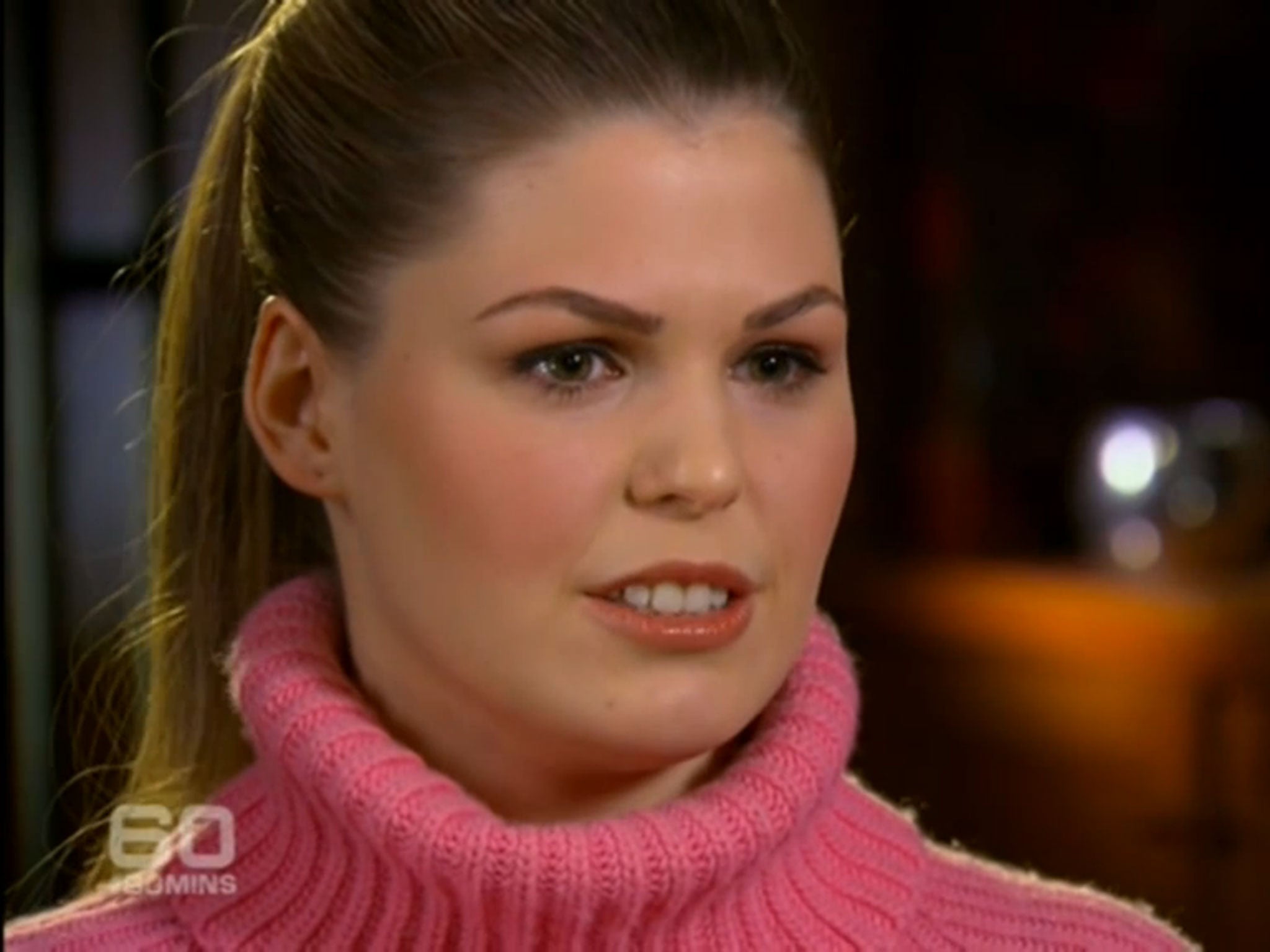
Ainscough was diagnosed with a rare, slow-growing and incurable cancer in 2008 at the age of just 22 after discovering lumps in her arm. Doctors wanted to amputate; Ainscough refused, instead embarking on a quest to heal herself via an adherence to something called Gerson therapy (swapped, in the show, for the fictitious “Hirsch therapy”). It involved copious amounts of raw juices and five coffee enemas a day and, for a while, it seemed to be working. Ainscough was touted as an odds-beating wellness guru, amassing thousands of followers and landing a book deal, 2013’s Make Peace With Your Plate, as well as a career as a motivational speaker.
But the difference between Gibson and Ainscough was that the latter really did have cancer – and, in 2015, at the age of 29, she died. Her mother Sharyn had died from breast cancer the previous year, having copied her daughter and shunned conventional medicine in favour of Gerson therapy. Towards the end of her life, Ainscough admitted that her “beliefs have been completely shaken up”; she tried radiotherapy in a last-ditch attempt to survive but it was too late.
In a bizarre move, Gibson attended Ainscough’s funeral, though she had not been invited, and wept loudly throughout. Whether she was grieving for Ainscough or herself is unclear: it was March 2015, and she had just received an email from two reporters at The Age asking probing questions about her business’s alleged donations to various charities. Donations that, the reporters already knew, had never been received by said charities – despite Gibson holding specific fundraising drives for them. These causes included the Schwarz family, to whom Gibson had pledged “100 per cent” of money from app downloads for one week, to go towards their son’s inoperable brain cancer treatment.
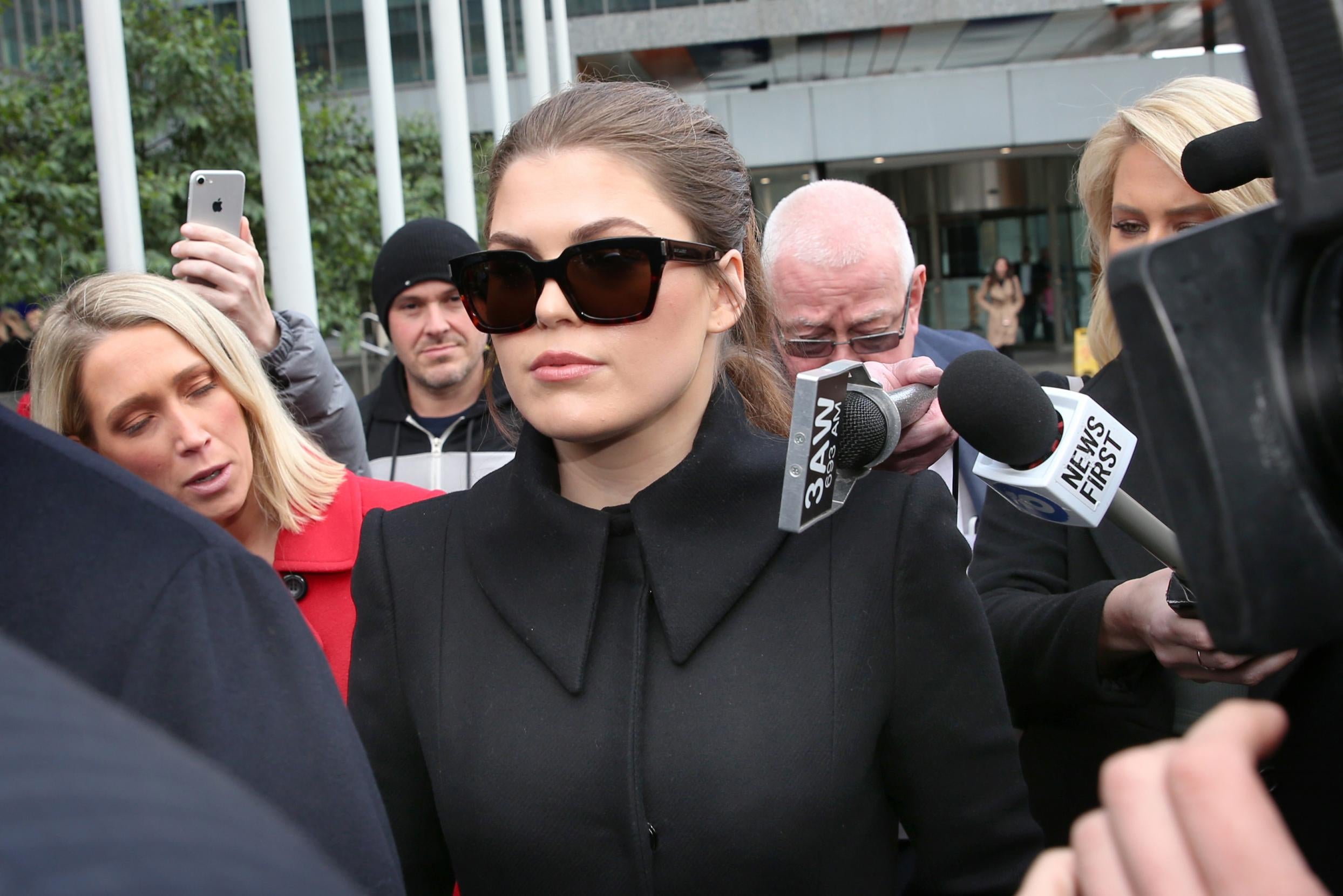
The question of whether or not she really had cancer had been the original tip-off, brought to the publication by Gibson’s former friend Chanelle. In the show, the character is Gibson’s manager, as well as a close friend of Milla. In reality, she was simply an entrepreneur who had moved to Melbourne and befriended Gibson. In the year or so she had known Gibson, Chanelle had become suspicious of the cancer claims – stories simply didn’t seem to add up. After confronting Gibson at her home alongside another friend, Jarrod, in 2014 – a confrontation in which Gibson cried and obfuscated, unable to provide proof of her diagnosis or treatment – Chanelle decided to go to the press. Her friend had refused to come clean, refused to admit she was lying, and refused to get a proper diagnosis from a doctor, claiming she was “too busy”.
Publishing a story on someone’s medical history without proof, though, is defamatory and legally spurious. The Age instead went after Gibson’s charity fraud. After they published the story, which garnered international attention, questions were soon raised about the app founder’s health. After all, if she was lying about charity donations, what else might Gibson be lying about?
Just how much she intentionally deceived or delusionally convinced herself of a fake illness remains unclear to this day
From there, the house of cards quickly toppled. Gibson went on the defensive but could not produce any evidence of her cancer diagnosis. Penguin pulled the book; Apple pulled the app. Gibson did one print and one televised interview, but continued to maintain that she had never lied. She admitted that she may have been “misdiagnosed” or misled herself, but that she had truly believed she had terminal cancer and was dying. Just how much she intentionally deceived or delusionally convinced herself of a fake illness remains unclear to this day. She never apologised for her actions.
In 2017, the Federal Court of Australia found Belle Gibson guilty of misleading and deceptive conduct in civil court proceedings, and she was fined A$410,000 (£205,000). However, there was “precious little if anything” left financially in The Whole Pantry by the time it was wound up as a company in 2016. By late 2023, the entire fine amount was still outstanding.
The latest strange twist to this tale took place in 2019, when Gibson claimed to have joined Melbourne’s Oromo community, originally from Ethiopia, and attempted to reinvent herself as “Sabontu”. She was reportedly asked to leave the community once its leader, Dr Tarekegn Chimdi, was made aware of her past conduct. “It was concerning when someone is using the community’s name who is not a member of that community,” he told reporters at the time.
Gibson is no longer on any form of social media.
‘Apple Cider Vinegar’ is out now on Netflix

